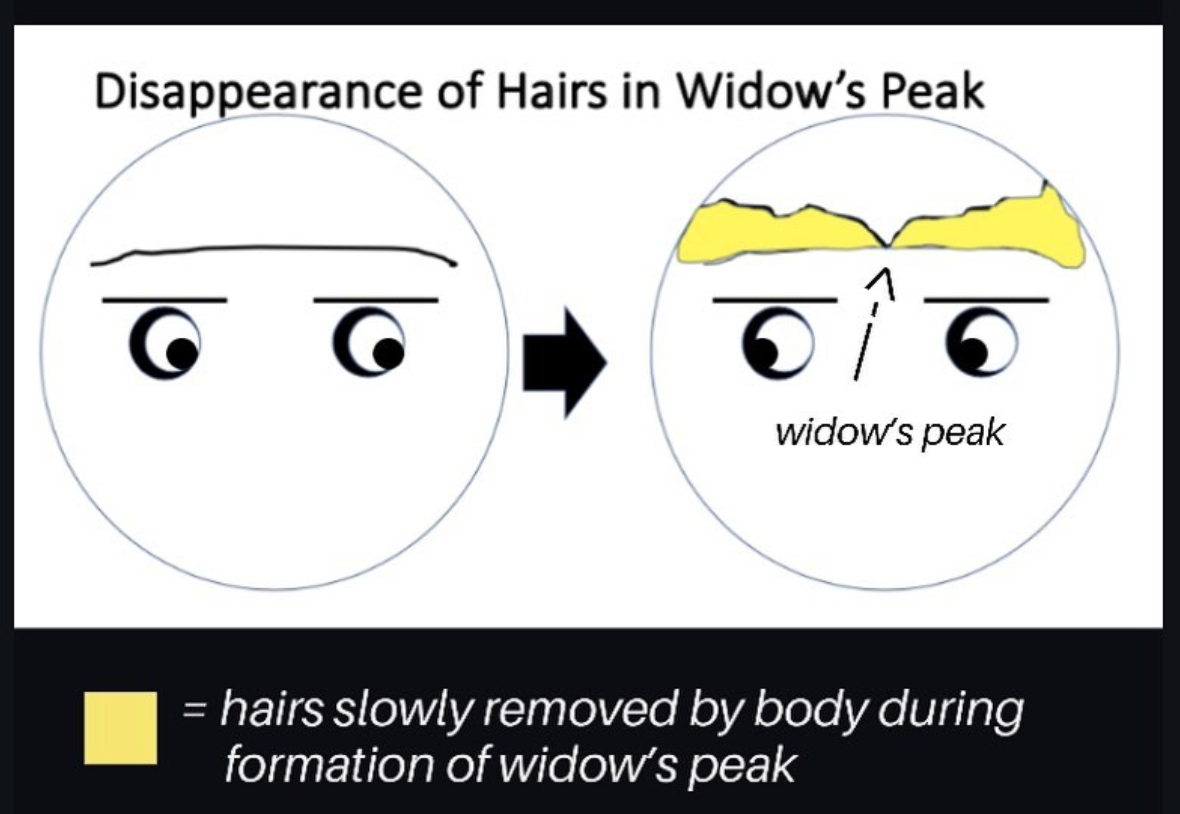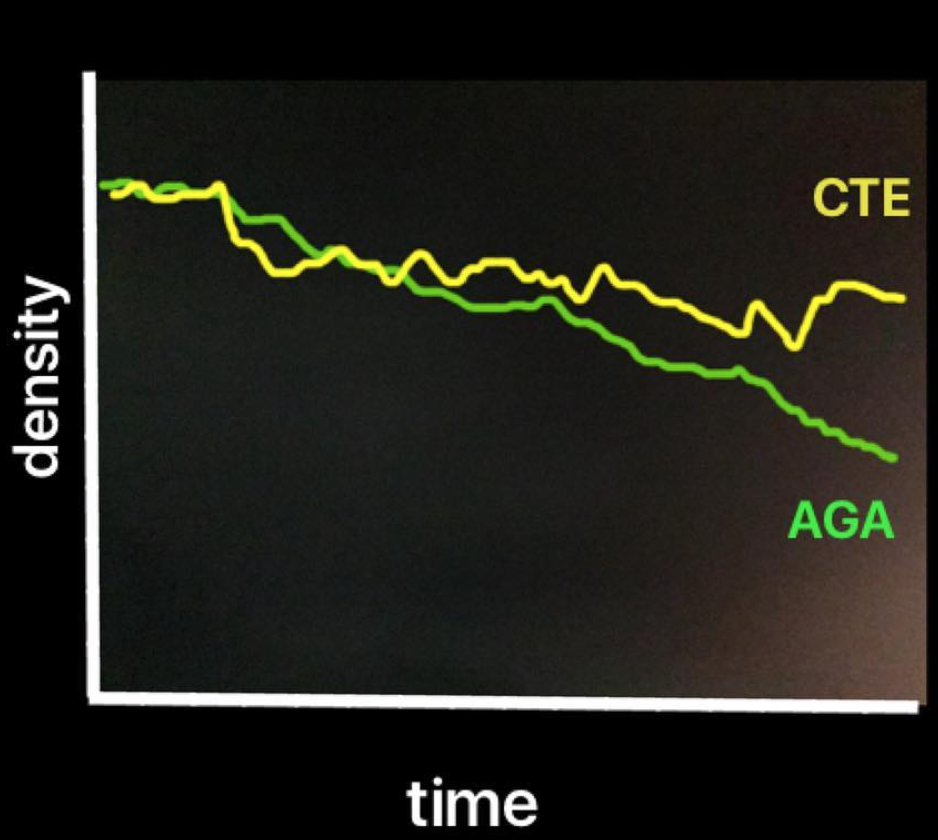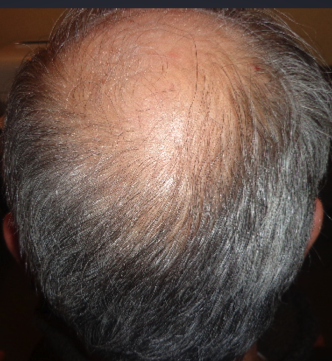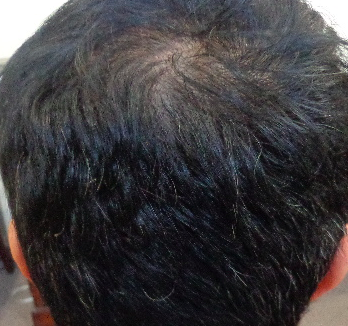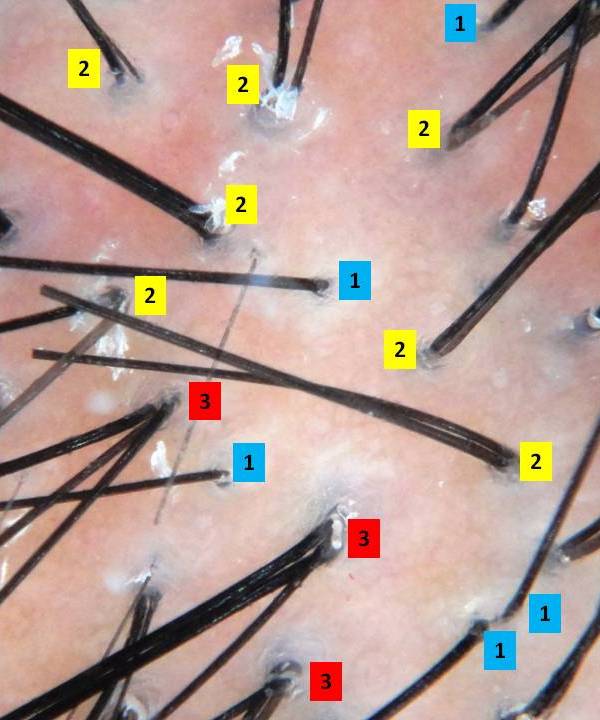The Widow's Peak: How does it form?
Formation of the Widow’s Peak
The widow’s peak is a triangular area of hair in the middle of the hairline. It’s common and not associated with bad luck, bad omen or bad anything...of any kind.
The term is probably 200 years old. How did the name even get started? Well, the term probably comes from a type of headdress that a woman (widow) wore after the death of her husband in the 1500’s. The headdress had a triangular peak right in the middle of the frontal hairline. And so the term.
Studies by Dr Bernie Nusbaum suggested that up to 81 % of women have a widow’s peak. This information comes from his study of hairline characteristics of 360 female volunteers performed at an informal hair salon setting. A 2013 study from Spain involved examination of hairline patterns of 103 premenopausal women. 94.17 % had a widow’s peak.
Men have widow’s peaks. Small children (3-5) do not usually have much of a widow’s peak but the widow’s peak starts to be seen in some individuals in the teenage years. The widow’s peak is not actually “created” by the body - it’s due to the body removing hairs around it on either side. What’s left over is the new adult hairline - containing a widow’s peak in some. In case you were not aware, the hairline we get as adults is not the same as the one we get as children. This is normal.
For some - the new adult hairline has a widow’s peak.
Reference
Bernard P Nusbaum et al. Naturally Occurring Female Hairline Patterns. Dermatol Surg. 2009 Jun.
C Ceballos et al. Study of Frontal Hairline Patterns in Spanish Caucasian Women. Actas Dermosifiliogr. 2013 May.
This article was written by Dr. Jeff Donovan, a Canadian and US board certified dermatologist specializing exclusively in hair loss.

